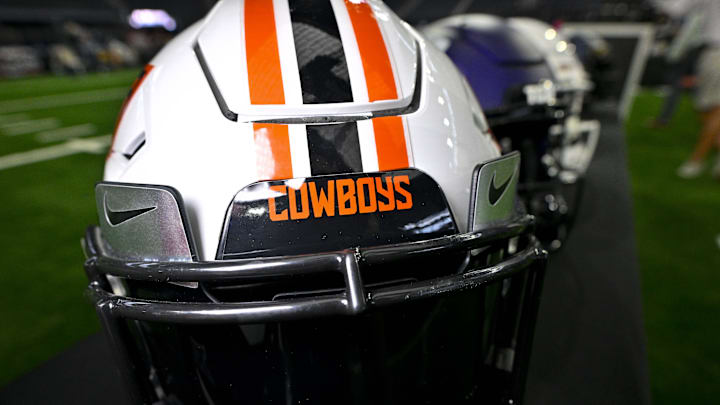Oklahoma State football made a surprising but strategic move this week by adding quarterback Noah Walters the roster midseason. Walters, who previously played at North Alabama, brings a mix of experience and upside to a quarterback room that has been hit with injuries and inconsistency. He spent the 2024 season at UCF but was not on the football team, which allows him to be immediately eligible to play for Oklahoma State, beginning this Friday against Tulsa. Walters is expected to serve as the backup to current starter Zane Flores for that matchup.
During his time at North Alabama, Walters put up impressive numbers, passing for over 4,400 yards and 40 touchdowns across two seasons. His ability to make plays both through the air and on the ground gives Oklahoma State a more versatile option in case of emergency or poor play from the current starter. While this appears on the surface to be a depth move, there’s an underlying question that adds intrigue—could Walters be more than just insurance?
This addition may suggest that Oklahoma State is looking for more than just a second-string quarterback. With starter Zane Flores still developing and showing some inconsistency in recent outings, Walters could present real competition moving forward. If he adjusts quickly to the offense and proves himself in practice, there’s a chance he could push for playing time, especially if Flores struggles in key moments.
Adding Walters also has implications for the status of injured freshman quarterback Hauss Hejny. Hejny suffered a recent foot injury that has sidelined him indefinitely, and bringing in a quarterback midseason might signal that the staff is prepared for a longer recovery process. With Walters now available, the team might feel less pressure to rush Hejny back, allowing him to fully heal without jeopardizing the quarterback depth chart.
From a program-wide perspective, this midseason move highlights how Oklahoma State is trying to stabilize and evaluate its roster during a season that has already seen its fair share of challenges. It could also impact the long-term outlook on head coach Mike Gundy. With the NCAA’s new single transfer window in place, roster management has become even more critical. If Oklahoma State’s quarterback situation remains unsettled or if the team falters, this decision to bring in Walters might accelerate conversations about Gundy’s future. Should a coaching change happen, having a quarterback like Walters already integrated into the program could give a potential new coach a quicker foothold in building next year’s team.
The timing of this move, combined with the new transfer rules, might also push more players sitting on the fence to enter the portal sooner, knowing there won't be a second window later in the spring. That makes every roster decision, including this one, even more impactful.
Whether Walters remains a backup or becomes something more, his arrival gives Oklahoma State options. It offers security in the short term, potential competition in the medium term, and possibly opens up a new dynamic in the quarterback room for the remainder of the season. For a team navigating injuries, uncertainty, and pressure, adding a player like Noah Walters at this point in the season might prove to be a subtle but critical turning point.
